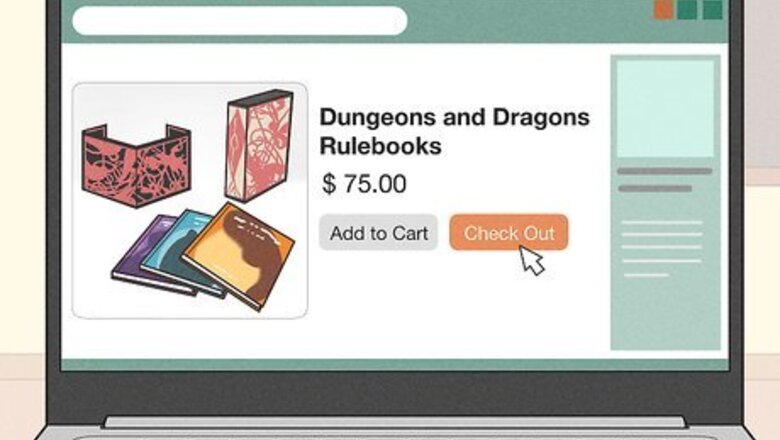
views
Getting to Know the Basics
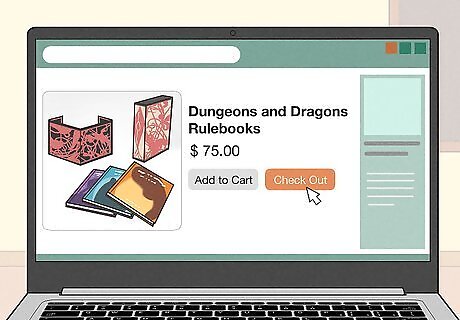
Purchase the handbooks. To be able to play Dungeons & Dragons, also known as D&D or more commonly DnD, you need to know the rules. If you can't find a store to buy the books from, try some website such as amazon.com. Read through the handbooks to the point that you understand the basic rules. You can also purchase them online, through sites such as DnDbeyond, or find them for free through a number of sites. There are several editions of the game, with different rules and procedures. The 5th edition is considered to be the most user friendly and easiest to pick up. It's generally considered to be superior to the newest version, which is called One DnD.
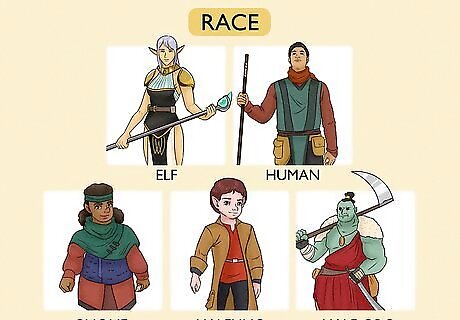
Understand race. There are different races which your character can be. These vary slightly between editions, but the most common include human, dwarf, elf, halfling, half-elf, half-orc, and gnome. The different races will have different inherent abilities, benefits, and, in some cases, downsides. This will affect how your character's abilities function.
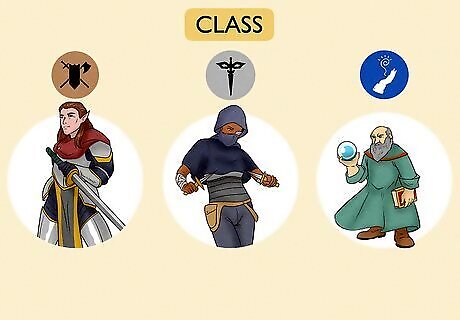
Understand class. Class is what your character does, what they’re good at or have chosen to do with their life. Importantly, it determines the skills they will have which affects the role your character will have in the group. It is important to choose a class befitting your race. The classes are, again, different depending on edition. Common classes include fighter, rogue, and wizard.
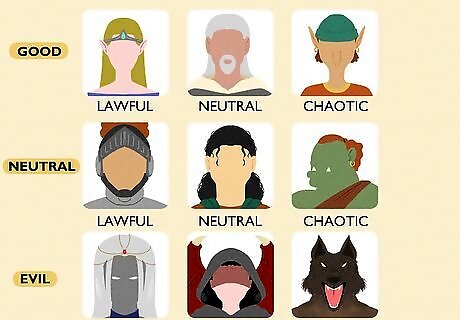
Understand alignment. Your character will also have a moral alignment which you will need to consider. This will help you determine how your character would react in certain situations, as well as the decisions they would make.
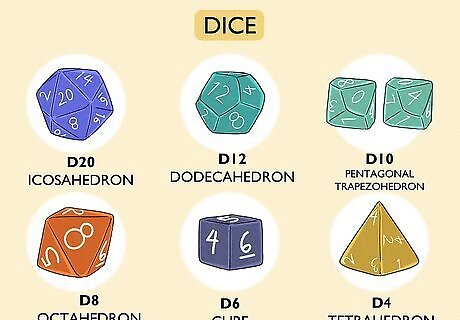
Understand the role of the dice. There are a number of dice used when playing DnD. These are not just normal dice, but rather special dice with an unusual number of sides. The most common DnD dice is the classic d20 (quickly followed by a d10) but you will need a number of others. The best option is to get a full set from your local game shop, but they can also be found online. The dice will be used almost every time the player or Dungeon Master (DM) takes an action. The difficulty or chance of something occurring is attached to a particular type of dice. You roll, and if the number is high enough then the action can occur, going well, terribly, or any number of other outcomes as determined by the DM.
Setting Up a Game

Join a game. The simplest, best, and easiest way to get started is to join an existing group. If you are less socially apt than average, this can seem daunting but ultimately can be a great way for you to make new friends. You can search local forums, ask around at cons, or inquire or advertise at your local game shop. Many universities and colleges, as well as some high schools, will also have clubs. There are also online groups, but as always, make sure to take caution when putting yourself out there on the internet. You must ask the person hosting the group to join the game. A campaign is something many people feel very connected to, and the group might not be in the market for a new player. The main thing you want to establish is age or social group. D&D is an activity that a mixed-age group can enjoy, but you don't necessarily want to be the only teenager in a room full of 40-year-olds.
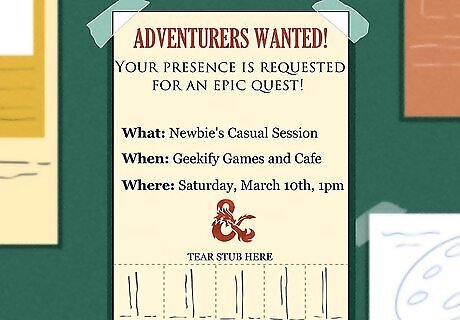
Organize your own game. This takes a little more work on your part. You can advertise in many of the same locations described above or recruit friends, family, or coworkers to play with you.
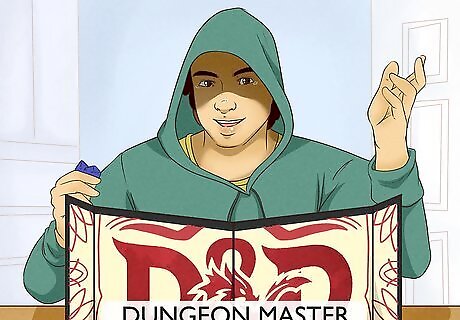
Designate a Dungeon Master (DM). If you are the one organizing the game, this will likely be you. The DM should have a strong knowledge of the rules, or at least be willing to learn and run the game. They will want to do a little bit of preparation of an adventure before the first session. This person should have access to copies of the core rulebooks: The Player's Handbook, the Dungeon Master's Guide, and the Monster Manual (I). There are tons more books available, but you only need these three to run the game.

Find a place to play. Typically this involves a table with some chairs around it, but it can also be online, such as Discord or Zoom - though that can sometimes make the dynamic feel less immersive and interactive. If it's in person, it should preferably be somewhere without distractions such as the TV or other folks who won't be playing, though some local pubs or game stores will sometimes specialize in providing facilities to groups for a fee or free.
Playing the Game

Show up. You will, of course, have to actually show up come game night. D&D is a commitment, since it is difficult to enjoy the game if members of the group are constantly missing. When joining a game, you should be willing and prepared to work with their schedule.
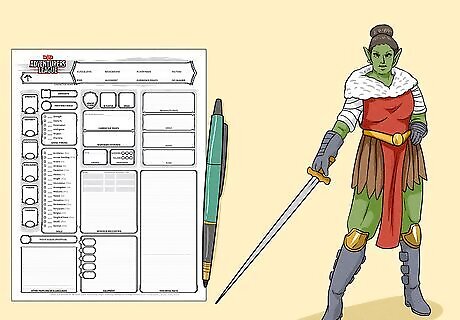
Create characters. For the first session, you will need to create your characters. This can be done alone, before meeting as a group, or together. Creating characters together should lead to a more balanced party, as you can discuss what is needed. Doing this together is also helpful for new or inexperienced players. Make sure everyone has a blank character sheet, or get everybody to use a program like Redblade for assistance in creating their sheets. Read the instructions regarding character creation in the Player's Handbook and have everyone but the DM create a character. Take note of the differences between races and classes, and which complement each other. For example, if you decide to be a Fighter and this is your first time out, a Human or Half-Orc will be a far better choice than either an Elf or a Gnome. On the other hand, if you want a challenge, then try a Monk or a Spell Caster of any sort (Sorcerer, Druid, Cleric, Wizard, etc.) The character you create will be called your Player Character. All the other characters that are in the game world which are not controlled by a Player are called Non-Player Characters and will be controlled by the Dungeon Master.
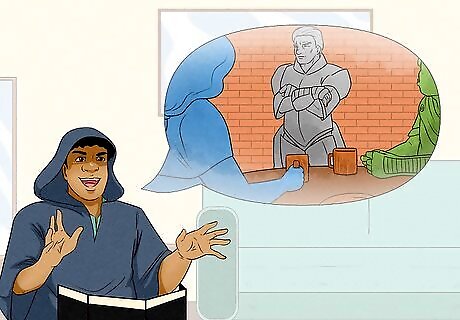
Begin your adventure. You can move right into this step on the first session after you finish making characters, or this could also be the second session. Either way, this is where you all begin actually playing the game. Each player controls their own characters. You cannot control other people's characters, nor can you control non-player characters, who are under the control of the dungeon master. The DM will describe where you are and what is around you. The players all take turns telling the DM what action they would like to do in response. The DM will answer each question and explain what the outcome of any action. Play will continue in this way, back and forth between the players and DM.

End of Game - Most sessions will end at or near a predetermined time. The average time is determined by how often you play - if you can play once a week, then those sessions may be only four hours, whereas if you can only play once a month everyone may opt for eight hour sessions. Whichever you prefer, the DM generally keeps track of the time and will call the end of game when appropriate. Some DMs prefer to create an episodic "cliff-hanger" feel right before some kind of action to stop at. This essentially pauses the adventure at an intriguing point so that excitement for how it will resolve at the next session is high among the players. Just like a TV show, this will encourage everyone to come back next time!
Example Gameplay
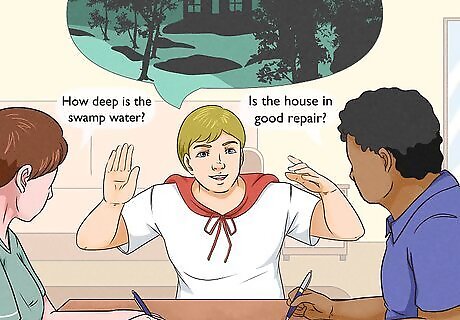
Start the game. Start the game with the DM telling you where you are and some general ideas about your surroundings, Such as: "You find yourself in a swamp. To the North you can see a house. To the West you can go further into the swamp. The East and South passages are blocked by dense growth". Player 1: "I move to the North slowly, drawing my sword in case something attacks us." Player 2: "How deep is the swamp water?" Player 3: "Is the house in good repair?" Player 4: "I move to the North, too." DM: "The two of you begin to move north slowly, the mud sucking at your boots from below the waterline. The water is about one to two feet deep; generally shin-deep. {Player 3}, you try to determine the quality of the house from where you are. Make a perception check." Player 3, who is trying to see if she can do something that may or may not be feasible, is asked to make a "perception check". She will roll a twenty-sided die (d20) and add her skill of perception to the total. The DM, in secret, will determine a number that represents how difficult it would be to succeed; this is called the "DC". If the player's total is equal or above the DC, then the attempt succeeds. More detail on how this works can be found in the Player's Handbook or in the SRD (System Reference Document). Player 3 rolls a 13 on the d20. She adds the +3 she has in Perception, giving her a total of 16 to see the condition of the house. The DM had made the DC a 10, as it was fairly easy to see. DM: "Squinting at the structure, you see that it seems to be leaning a bit to the side, with boards on the windows. It is unlikely that anyone has lived there in some time, but as to anything living there... well, you're not too sure." Gain confidence to join a club. "My high school has a D&D club that I've been wanting to join. I enjoy roleplaying but have never played D&D before. Reading the basics and gameplay examples in this article was a big help before I went to my first club meeting. Getting familiar with character creation and seeing sample conversations made me feel way more prepared to make my character and get into the adventure." - Stella R. Overcome beginner nerves. "I'll admit I was pretty nervous for my first-ever D&D game. But working through this article really helped me chill out. The tips on making a character and the examples of gameplay dialogue showed me what I can expect. I especially liked the pointers on getting into character — it made me excited to roleplay. Now I feel ready to just have fun at our first session!" - Kevin N. Gain comprehension as a new player. "I've never played Dungeons & Dragons before. As a total newbie, I found the sample gameplay dialogue super helpful for starting to understand how everything flows. After prepping with this article, I feel like I know enough now to make my first character and follow what's happening when I do start playing." - Kevin S. Prepare to lead as a new Dungeon Master. "My friends asked me to be the Dungeon Master for our first-ever D&D game! I was pumped but pretty overwhelmed, too. This article was perfect for getting me prepped on the basics I need to know. Working through character creation and game rules and running a session made me feel capable and excited to design our adventure and guide everyone through it." - David N. We want to hear from you! Advice from our readers makes our articles better. If you have a story you’d like to share, tell us here.
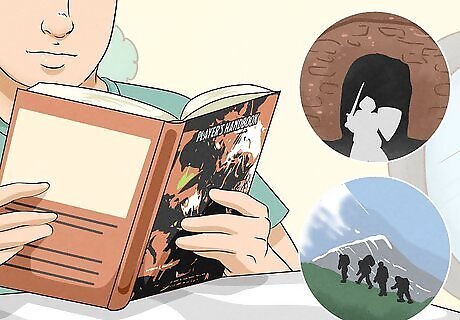
Look for other examples. Additional examples of play are located in the Player's Handbook and Dungeon Master Guide.

















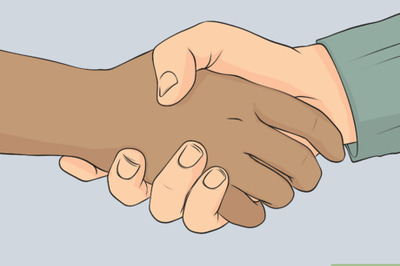
Comments
0 comment